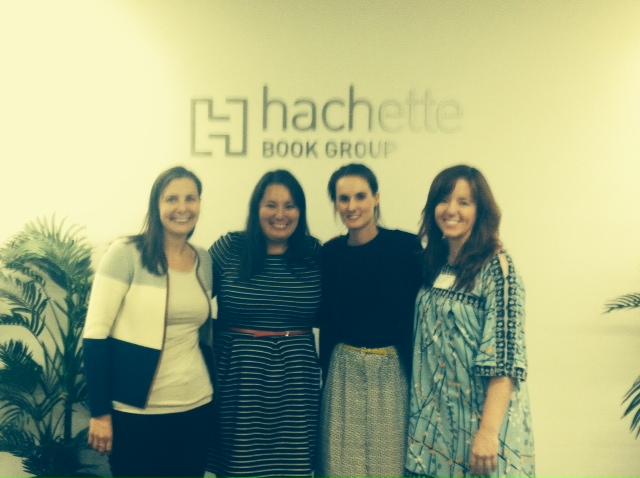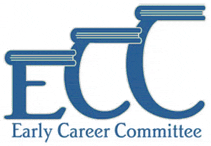
5 Things We Learned at the Scholastic Clubs and Fairs Panel | May 29, 2014
By Eileen Savage (Junior Designer, Penguin Group USA)

Didn’t make it to our April panel? Forgot to take notes? Never fear…we have your recap right here!
Choosing books is a complicated process for Scholastic Book Clubs: Design matters.
The cover is extremely important. Is it still compelling when reduced to a tiny size? For early readers, covers that look less institutional tend to do better. The interior is also checked to see if the pacing and text size matches the appropriate age group.
Data driven factors include the author’s previous sales, filling market needs (such as seasonal titles), and sales — what has sold historically and what is currently trending. Literary merit and “teacher-friendly” qualities are also considered. They are always on the lookout for diversity, particularly books that don’t emphasize being “different.”
There are big differences between Fairs and Clubs.
Fairs are focused on the frontlist, and sell more hardcovers at full retail price. Purchases are more likely to be impulse buys, because customers are looking at actual books instead of sitting down with a catalog. Because of this, Fairs can take more risks with their titles and cover art.
Clubs contains both front and backlist materials, especially classics. A “Family Favorites” collection of backlist titles is usually #1 in revenue for younger grades. There is a lot more variety in Clubs, and covers become even more important.
Scholastic’s trade books have a majority share in Fairs and Clubs. Scholastic has a close relationship with both large and small publishers.
But the panel estimated that 30-40% of the books are from Scholastic. Recent workplace changes have led to greater communication between Clubs and Fairs and Trade publishing at the company. When Clubs and Fairs see a niche that they haven’t been able to fill, they’re able to ask Trade to create a book specifically for their needs.
Common Core isn’t a top priority for Scholastic Clubs and Fairs.
In the early rollout of Common Core, Scholastic made effort to emphasize their alignment. But this seemed to turn off parents and teachers — they look to Clubs and Fairs for pleasure reading. Therefore Common Core alignment isn’t a priority for Scholastic Book Clubs.
Scholastic has ready access to parent/teacher feedback.
“Communispace” is a community of 50 teachers and 50 parents from every grade. Scholastic is able to send surveys, questionnaires, and discuss buzz words, among other things. Each member is very active, and it’s possible to get feedback very quickly.







